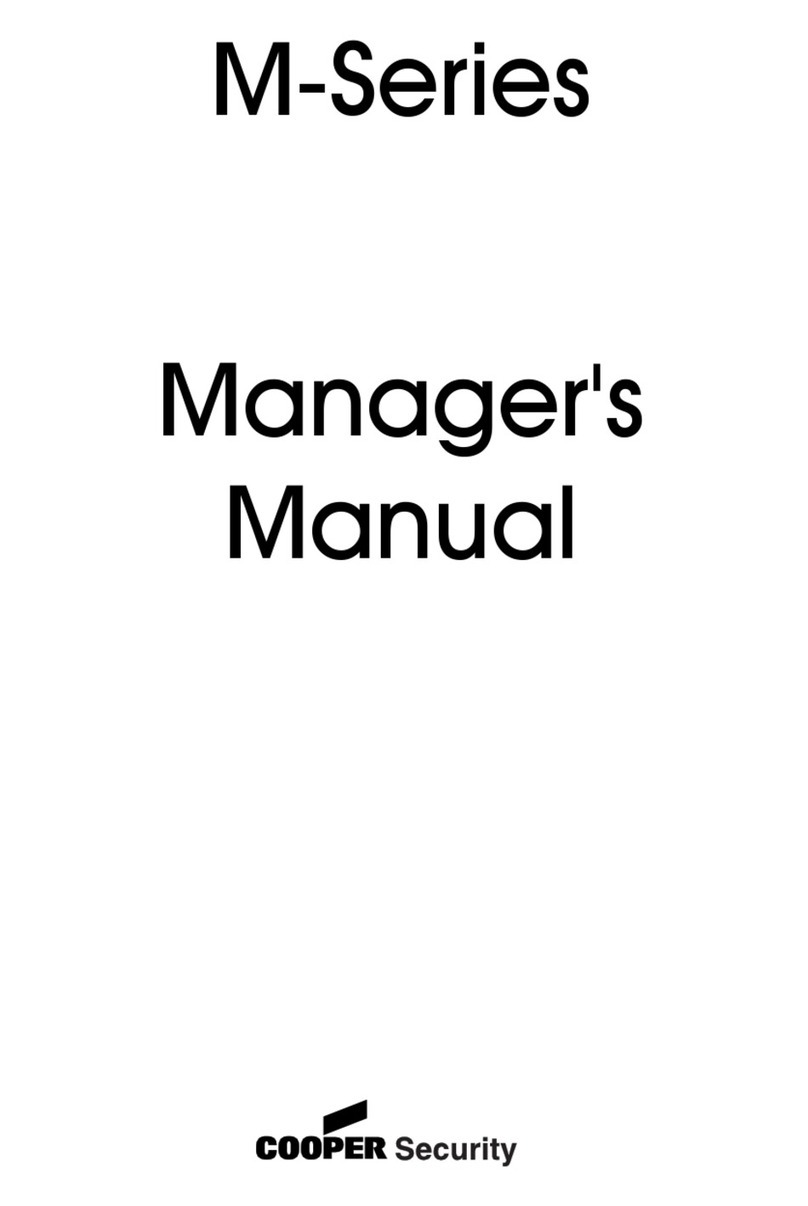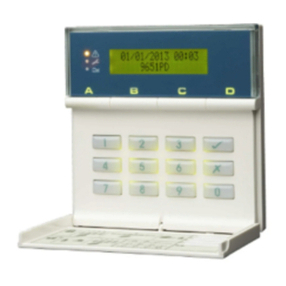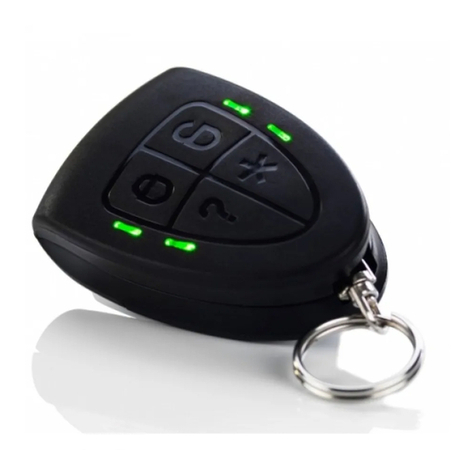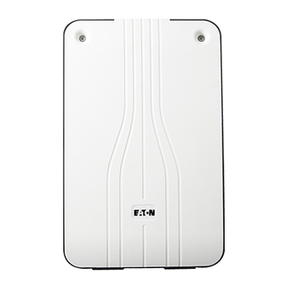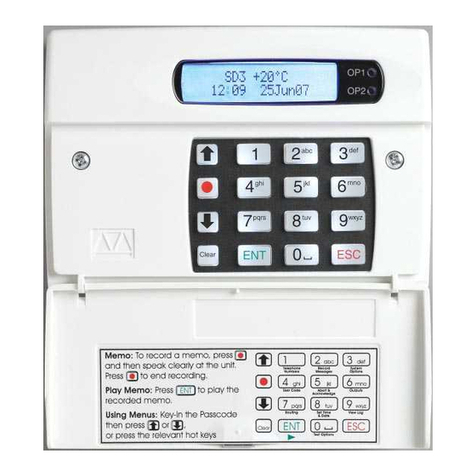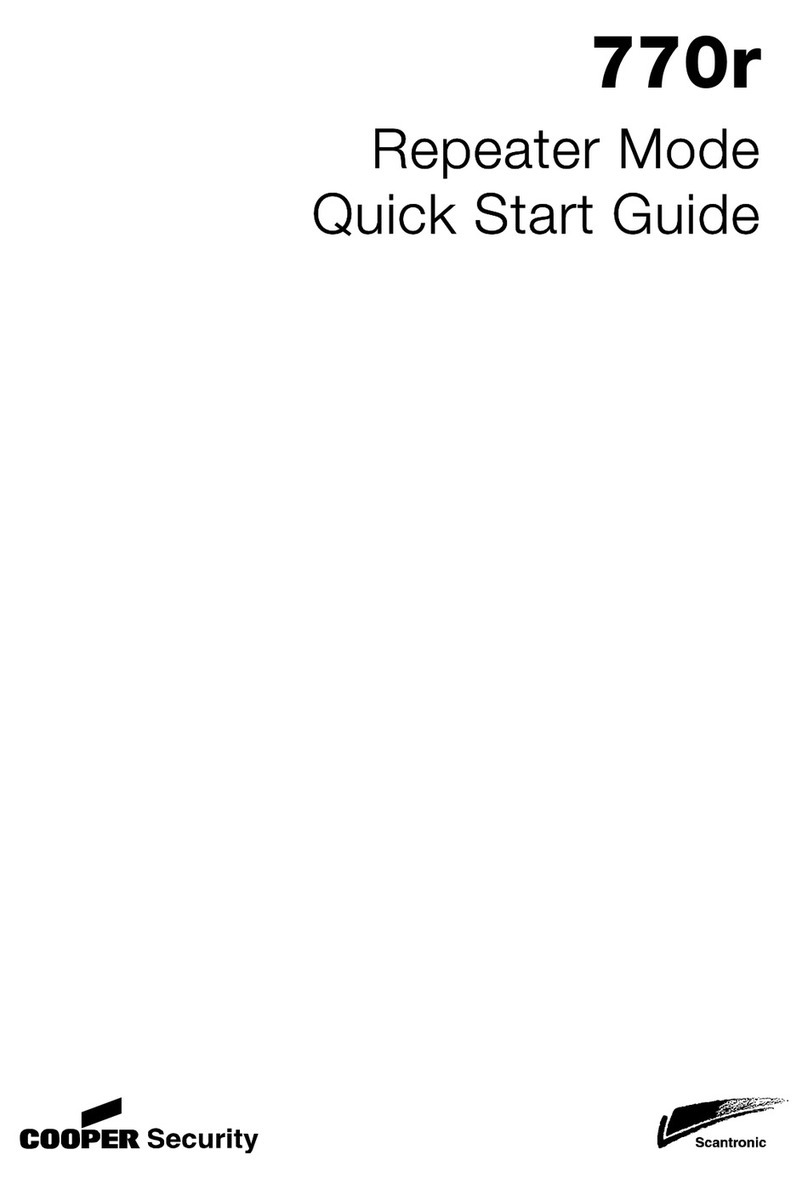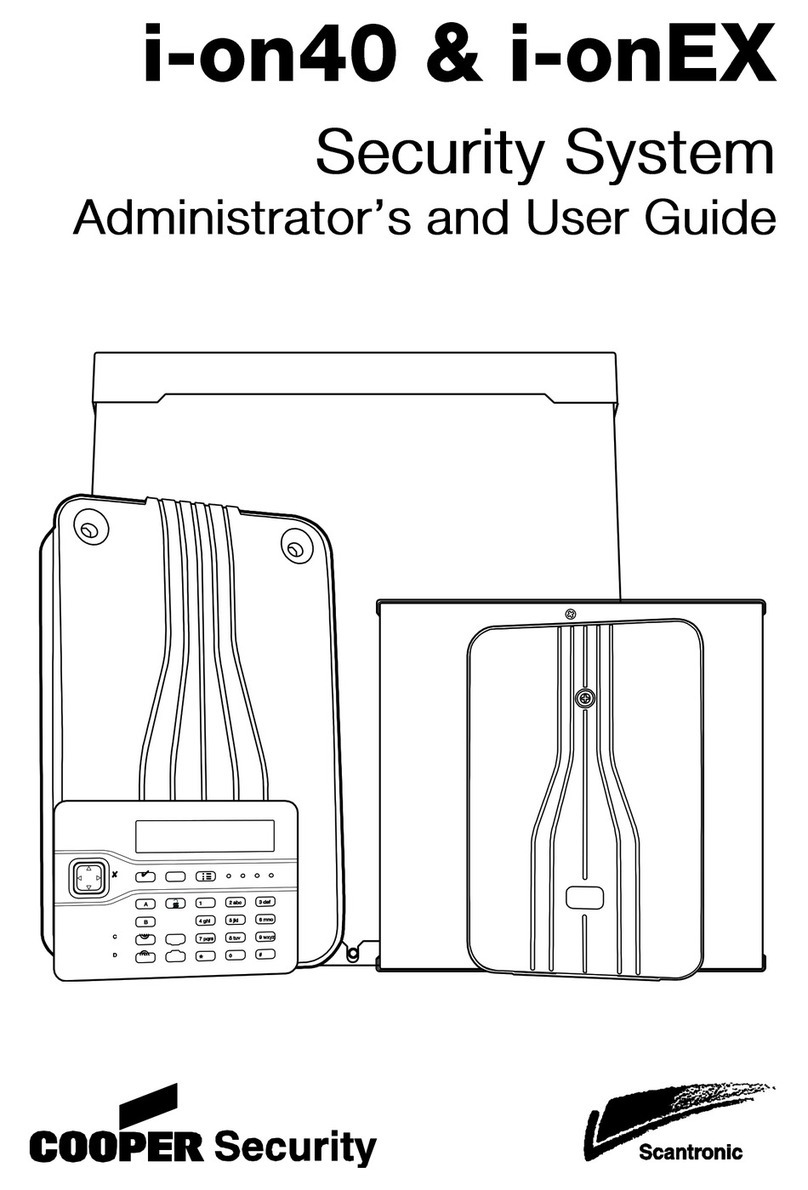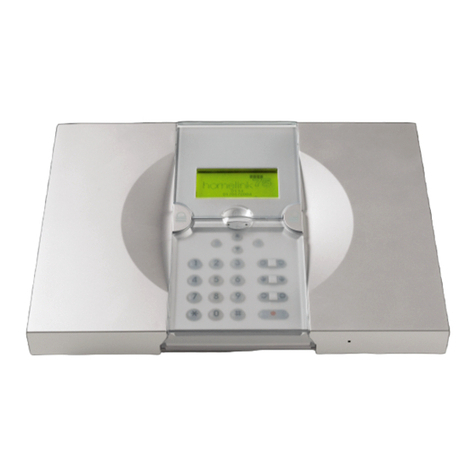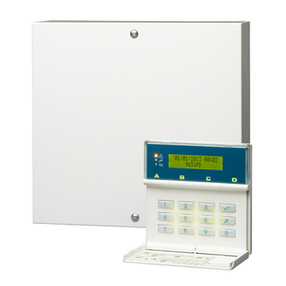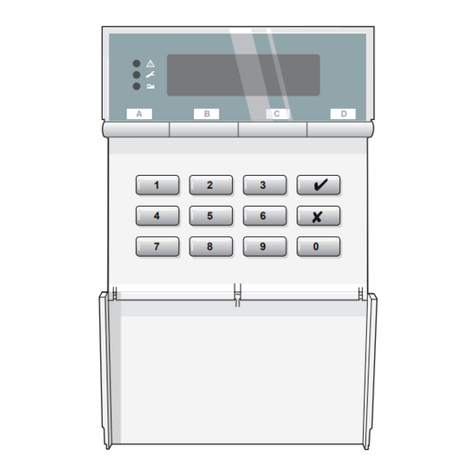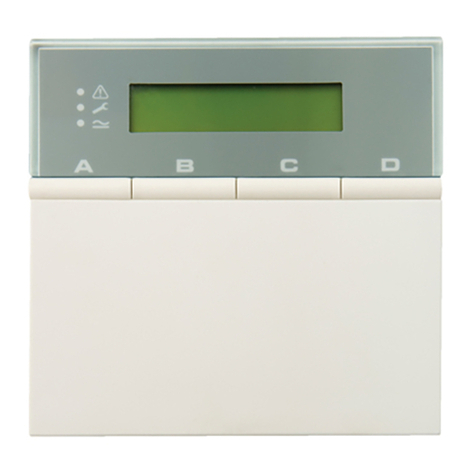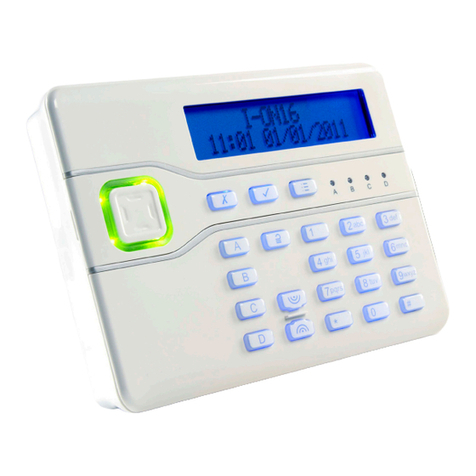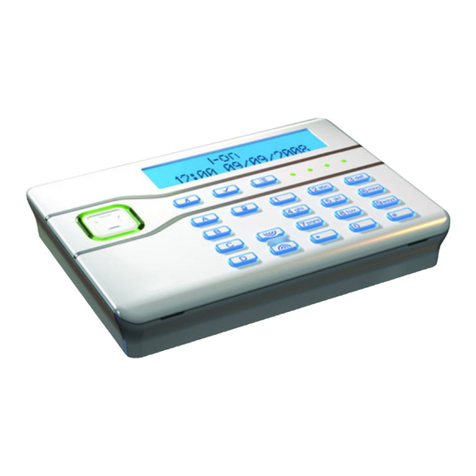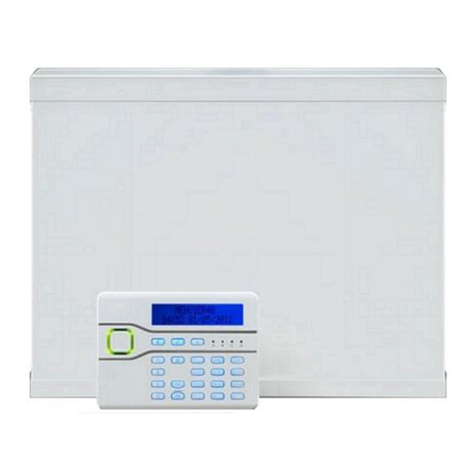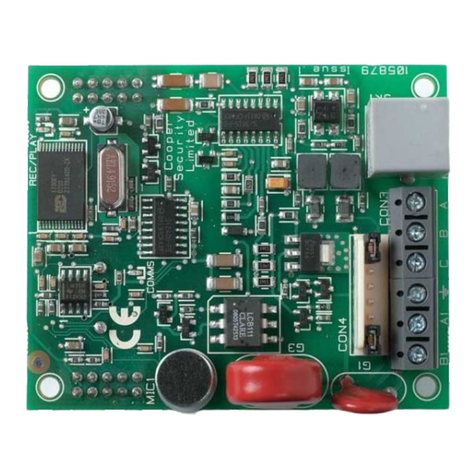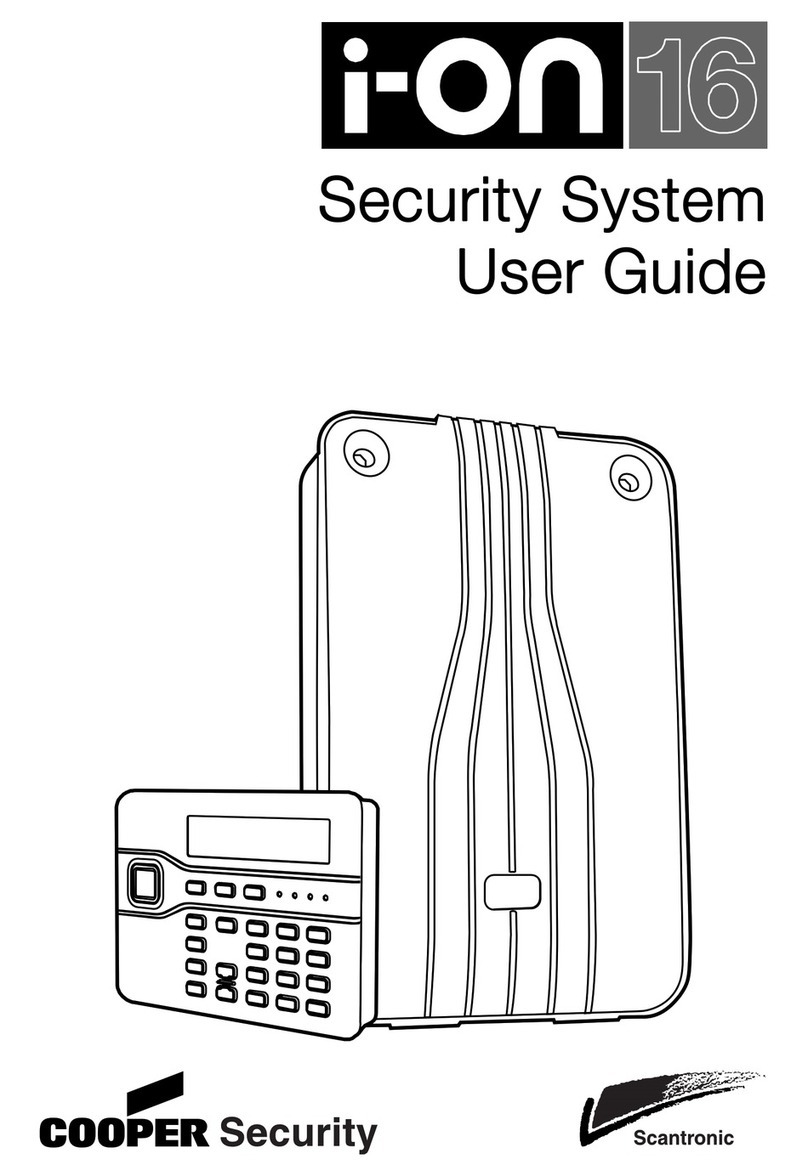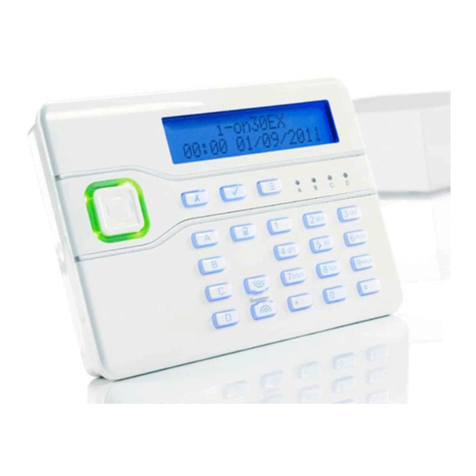i-on40
Page 1
1. Introduction
The i-on40 is the control unit for a hybrid
wired/wirefree alarm system intended for
domestic and light commercial use.
The control unit comprises an end station
and up to four separate wired keypads.
The end station has an ABS plastic case
which contains the radio transceiver, power
supply and backup battery. The keypad(s)
connect to the end station by standard
alarm cable.
The keypads allow end users to set and
unset the system, and the installer to
configure the control unit. The keypads also
contain integral proximity tag readers,
allowing end users to control the system
without having to remember access codes.
A range of wireless peripherals is available
for operation with the control unit. These
include a door contact/universal
transmitter, a passive infra red detector,
smoke detector, external siren, 4 button
remote control, and remote radio keypad.
The control unit supports up to 16 wired
alarm zones, 24 wirefree alarm zones, up
to 16 hardwired outputs, 50 four-button
remote controls, 50 two-button radio panic
alarms, and 50 users. See page 22.
Communications
The i-on40 provides sockets for an add-on
communication module. The available
modules are:
i-sd02 A speech dialler and public
switched telephone network
(PSTN) module that allows the
control unit to send recorded
speech messages and report
alarm information using standard
protocols such as Fast Format,
SIA and Contact ID. This module
also allows remote maintenance.
i-dig02 A switched telephone network
(PSTN) module that allows the
control unit to report alarm
information using standard
protocols such as Fast Format,
SIA and Contact ID. This module
also allows remote maintenance.
i-gsm02 A GSM module that allows alarm
reporting, speech messaging and
SMS text messaging over the
mobile phone network.
8750 An Ethernet module that allows
alarm reporting and remote
maintenance over the internet.
8844 A GPRS module that allows
internet protocol access over the
mobile phone network.
Level Setting or Partitioned System
The i-on40 offers two basic ways of
behaving as an alarm system:
Part Setting. In a Part Setting system the
i-on40 can set in one of four ways: either
Full set or three varieties of Part Set. In Full
set the control unit pays attention to all
detectors. In each of the three Part Sets
the control unit ignores detectors that do
not have the appropriate Part Set attribute
(see page 17 ).
Partitioned System. In a Partitioned
system the i-on40 provides the equivalent
of four, smaller, independent alarm
systems. Each system is a “Partition” of the
i-on40. You can allocate any zone to each
Partition. Each zone can also belong to
more than one Partition. Each Partition can
have a Full Set level and one Part Set
Level. During installation the installer can
allocate keypads, sounders or outputs to
any of the partitions.
This manual shows the simple procedure
required to install the control unit and its
keypad. When you have completed the
physical installation please consult the
Programming section for details of
configuring the system to meet your exact
requirements.
For a detailed description of the Installer’s
programming menu please read i-on40
Programming Reference Guide available
from www.coopersecurity.co.uk.
